Witness The Grandeur Of Rewa Fort In Madhya Pradesh In 2026
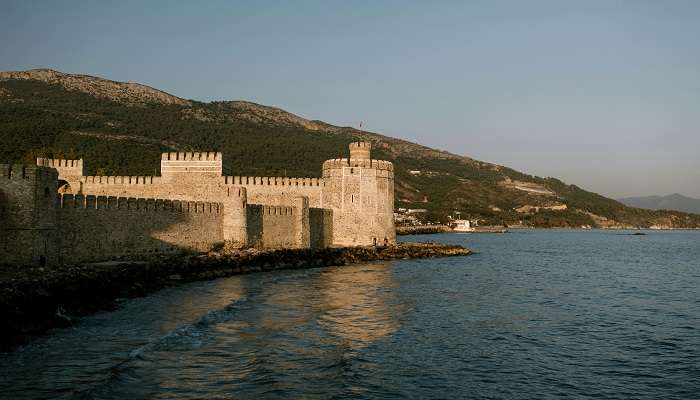
Nestled in the heart of Madhya Pradesh, India, the historic Rewa Fort is a testament to the region’s rich cultural heritage. This ancient stronghold, perched atop a hill overlooking the Bichhiya River, has witnessed centuries of tumultuous history and architectural evolution. From its origins as a strategic military outpost to its later role as a royal residence, Rewa Fort encapsulates the story of the powerful Baghela dynasty that once ruled this land. You can explore this remarkable fortress’s fascinating tales, intricate architecture, and enduring legacy. Please read this article to discover how Rewa Fort continues to captivate visitors with its blend of history, legend, and timeless beauty.
About Rewa Fort
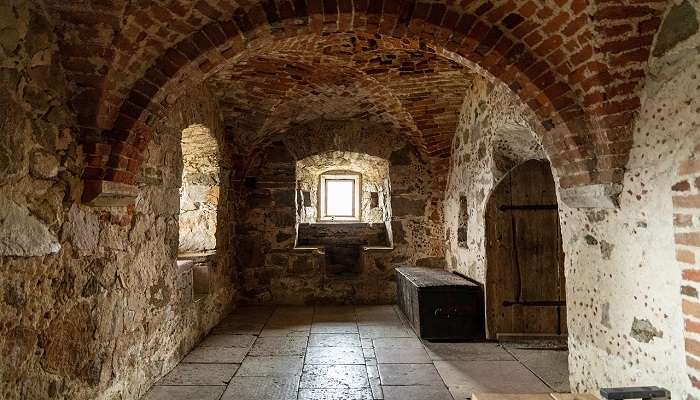
Rewa Fort in Madhya Pradesh is a stunning symbol of Rewa’s rich history. Perched on a hill, it combines Rajput, Mughal, and British architectural styles. The fort’s main entrance, Suraj Pol, leads to a courtyard with public and private audience halls.
Besides its architecture, Rewa Fort has a fascinating history. It saw battles between the Baghela Rajputs, Mughals, Marathas, and the British. Today, it’s a popular tourist spot with ornate gateways, strong defences, and a museum full of ancient weapons, coins, and sculptures. Visitors can stay in affordable rooms and enjoy a restaurant with a scenic river view, making it ideal for experiencing history and culture.
Must Read: Adventure Sports In Indore
History Of Rewa Fort
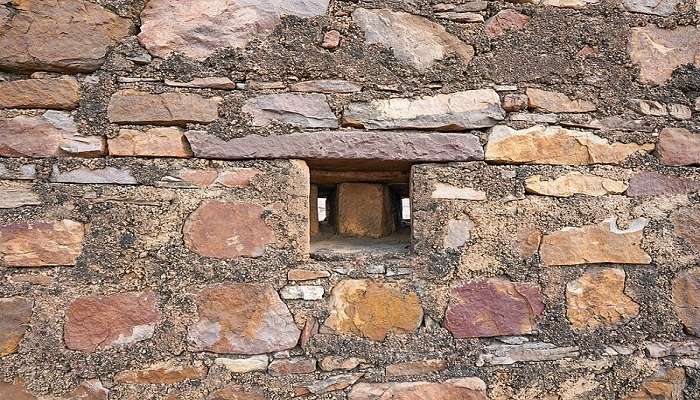
Rewa Fort was first built in the 13th century by the Baghela Rajputs. It sits on a hill and was designed with solid defences like high walls, watchtowers, and a moat. In the 17th century, Mughal emperor Aurangzeb expanded the fort, adding a mosque and palace, showing Mughal influence.
Over time, the fort passed to different rulers: the Marathas in the 18th century and the British in 1812. During British rule, it became the home of the British Commissioner and was changed to reflect British architectural styles. After India gained independence in 1947, Rewa Fort was given to the Madhya Pradesh government. It was turned into a museum in 1967 to showcase the area’s rich history and cultural heritage.
Architecture Of The Rewa Fort

Rewa Fort stands proudly atop a hill, showcasing a captivating amalgamation of Rajput, Mughal, and British architectural styles. Its formidable structure is fortified with numerous gates and bastions strategically designed for defence. The Suraj Pol gate is the primary entrance, leading visitors into a courtyard that houses the Diwan-e-Aam (public audience hall) and the Diwan-e-Khas (private audience hall).
The Rani Mahal (Queen’s palace) stands out within the palace complex with its two-story design adorned with balconies and courtyards. This was once the residence of the Baghela Rajputs, featuring various chambers for different functions. The Sheesh Mahal (Mirror Palace) is another notable gem within the fort, renowned for its mirror work that embellishes walls and ceilings. Religious diversity adds to the fort’s cultural richness, with temples like the Hanuman Temple and Jagannath Temple built in the Nagara architectural style. These temples boast exquisite carvings and sculptures, offering spiritual sanctuaries within the fort’s protective walls. Additionally, the fort houses the Jama Masjid, exemplifying the inclusive nature of its historical occupants.
Suggested Read: Places To Visit In Amarkantak
Significance Of The Rewa Fort
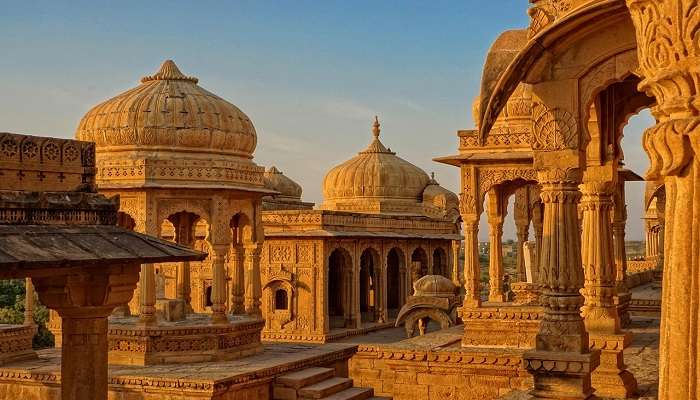
Rewa Fort stands as a significant testament to the cultural legacy of its region, encompassing a history marked by pivotal events in India. Initially witnessing clashes between the Baghela Rajputs and the Mughals, it became a stronghold under the Maratha Empire and endured through the British colonial era.
Today, this fort draws visitors worldwide and is revered for its historical importance and role as a cherished tourist destination. Its museum displays a treasure trove of artefacts—weapons, coins, and sculptures—that offer profound insights into the history. Beyond its archaeological value, Rewa Fort holds deep symbolic meaning for locals, who pridefully embody their identity and heritage.
Timings And Entrance Fees
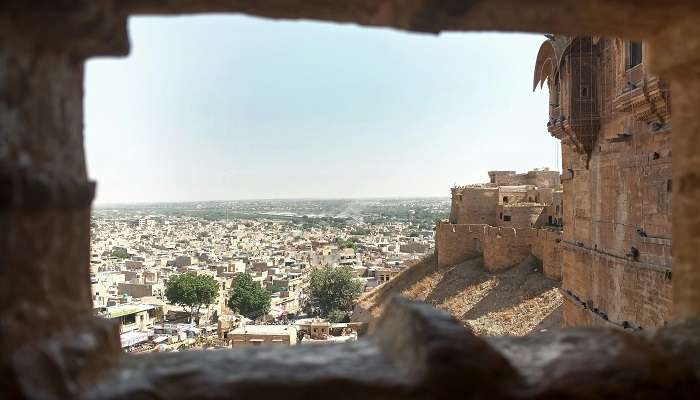
Rewa Fort welcomes visitors from 10 am to 7 pm throughout the week, except on Mondays and Saturdays when closed. This historical site offers free entry, making it accessible to all visitors interested in exploring its architectural grandeur and historical significance. Whether you’re a history enthusiast, a cultural explorer, or simply curious about the region’s heritage, the fort provides a fascinating glimpse into Rewa’s rich past without any admission charges.
Suggested Read: Places To Visit In Gwalior
Best Time To Visit

The ideal time to visit Rewa Fort is during the winter season, spanning from November to February. This period offers pleasant weather with temperatures ranging between 10 to 25 degrees Celsius, creating comfortable conditions for exploring the fort and its surroundings. The humidity levels are low during winter, enhancing the overall experience for visitors.
Alternatively, the monsoon season, from July to September, can provide a picturesque backdrop with lush greenery and vibrant landscapes due to rainfall. However, travellers should remain cautious of travel disruptions caused by heavy rains and flooding during this period.
How To Reach

To reach Rewa Fort, located in the city of Rewa, Madhya Pradesh, you have several transportation options available due to its good connectivity:
By Air: The nearest airport to Rewa is Khajuraho Airport, approximately 185 Km away. Khajuraho Airport connects major cities like Delhi, Mumbai, and Varanasi. Once you land at Khajuraho Airport, you can take a taxi or bus to Rewa. The journey from Khajuraho to Rewa typically takes 4 to 5 hours by road.
By Train: Rewa has its railway station, which is well-connected to various cities across India, such as Delhi, Mumbai, Kolkata, and Varanasi. You can check for trains to Rewa from your starting point and book accordingly. Upon reaching Rewa Railway Station, centrally located within the city, you can hire a taxi or take a local bus to reach Rewa Fort. The railway station is usually a convenient starting point for travellers arriving by train.
By Road: Rewa is well-connected by roads to major cities within Madhya Pradesh and neighbouring states. You can travel by bus or hire a taxi from cities like Bhopal, Jabalpur, Varanasi, and Allahabad to reach Rewa. The road journey offers flexibility in terms of timing and choice of transport. Once you arrive in Rewa by road, you can easily navigate within the city to reach Rewa Fort, as it’s centrally located and well-signposted.
Further Read: Picnic Spots Near Gwalior
Rewa Fort is a testament to Madhya Pradesh’s rich history and architectural grandeur. Its old walls tell stories from long ago, welcoming visitors to travel back in time and see India’s rich history. Leaving this grand castle, you’ll remember its impressive buildings, detailed carvings, and stunning views. Ready to go on your journey through time? Madhya Pradesh is waiting with its collection of ancient historical sites. Book your trip to Madhya Pradesh today and immerse yourself in the state’s captivating heritage. Rewa Fort is just the start of a fantastic journey through central India.
For our editorial codes of conduct and copyright disclaimer, please click here.
Cover Image Credit: Julia Volk for Wikimedia Commons
Frequently Asked Questions About Rewa Fort
What is Rewa famous for?
Rewa is famous for several things, including Rewa Fort itself. It's a significant historical monument showcasing the region's rich heritage. Rewa is also known for associating with the legendary musician Tansen, who is said to have honed his craft here. Additionally, Rewa boasts scenic waterfalls like Keoti and Chachai and captivating temples like Rani Talab Temple.
Who is the king of Rewa?
Rewa no longer has a king since India's independence. However, the area was ruled by the Baghela dynasty for centuries. Maharaja Pushpraj Singh is the current titular head of the former royal family.
Who made Rewa Fort?
Construction of Rewa Fort began in the 13th century by the Baghela Rajputs. Though Raja Vikramaditya of the dynasty is credited with its founding, the fort wasn't completed until the 17th century. The Mughal emperor Aurangzeb also added his touch during his capture of the fort, constructing a mosque and a palace.
What is the time of Rewa Fort?
It's generally open from 10:00 am to 7:00 pm, with closures on Mondays and Saturdays. It's always a good idea to double-check the current opening hours before your visit.
What is the history of Rewa MP?
Rewa, located in Madhya Pradesh (MP), boasts a rich history dating back to the ancient Maurya Empire. The region thrived economically and culturally during this period. Rewa was ruled by the Baghela dynasty's rule, which lasted for centuries. After them, the Maratha Empire and the British Raj also played a role in shaping Rewa's history.
People Also Read:
Jaisalmer Fort Manjarabad Fort Kumbhalgarh Fort
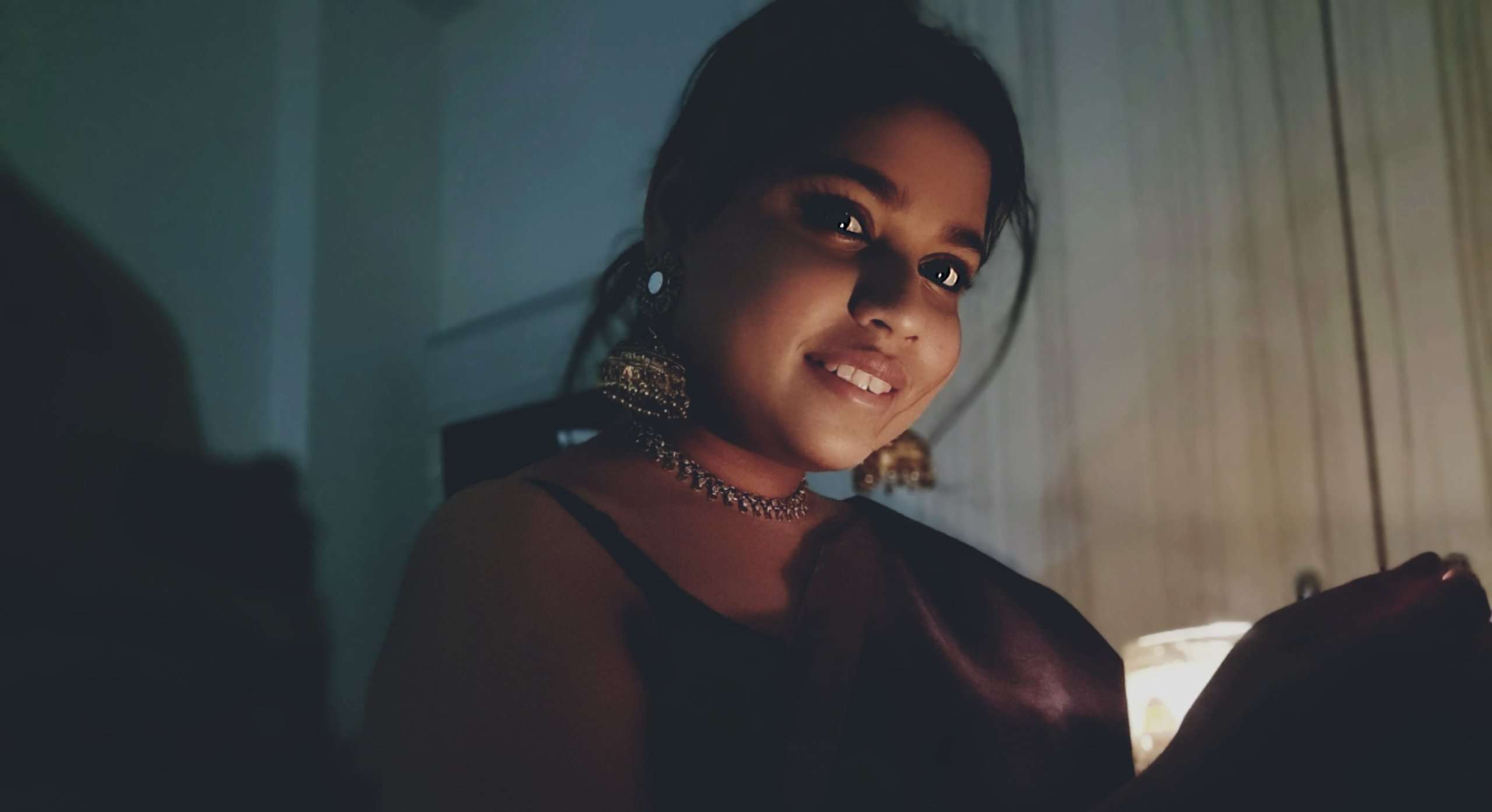
As a Travel Content Writer, I live to conquer the world of globetrotting with words. With my unquenchable thirst for storytelling, I believe that my words will inspire you to travel around the world’s breathtaking landscapes. As for me, I am an unapologetic selenophile, who loves to wander around in a starry night!











